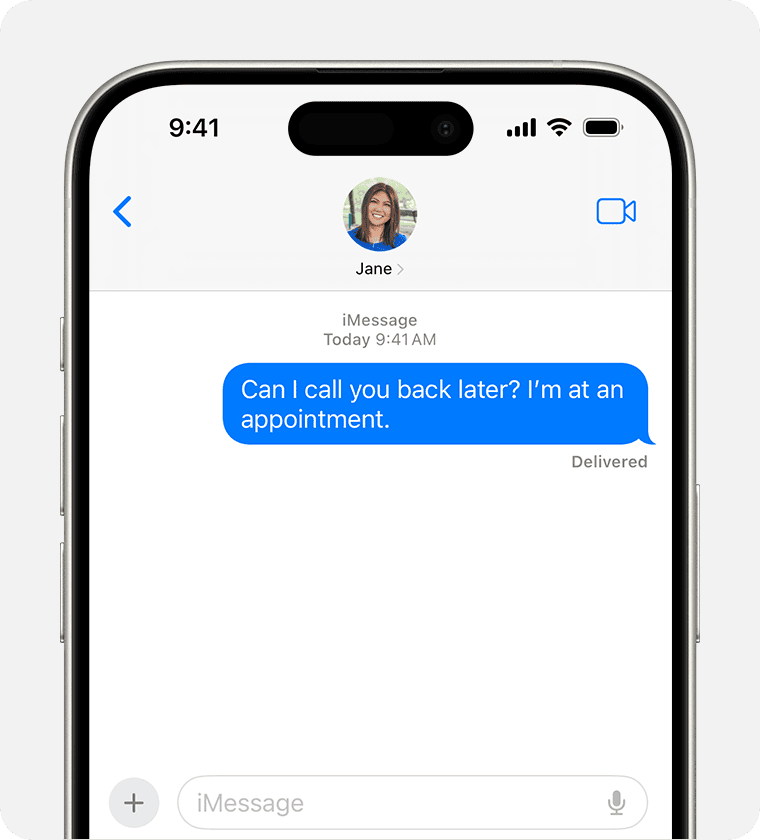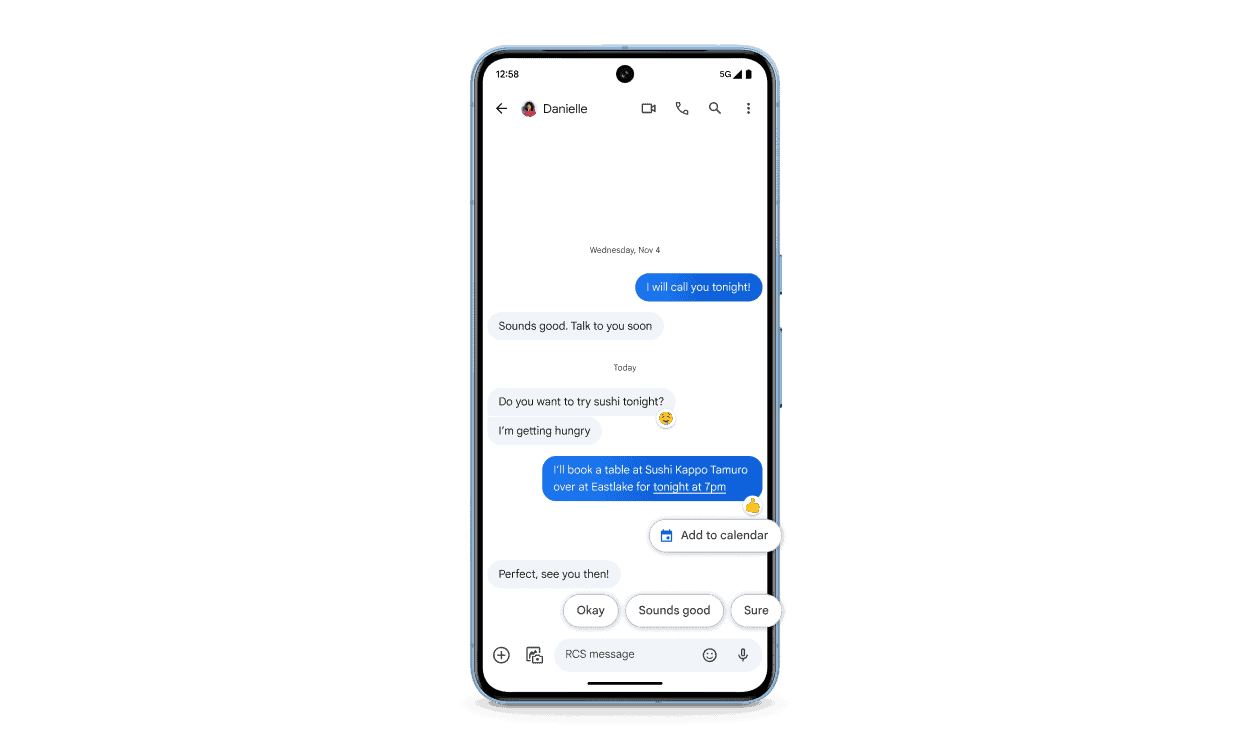RCS messaging is revolutionizing how we communicate on mobile devices. It stands for Rich Communication Services, a next-generation texting protocol that builds on the foundation of SMS. RCS offers enhanced features like read receipts, typing indicators, high-quality media sharing, and group chats.
This improved messaging standard allows users to send messages over the internet, much like popular messaging apps. It provides a more interactive and engaging texting experience. RCS messaging is gaining traction, with many Android devices and carriers supporting it by default.
Apple has announced plans to support RCS in iOS 18. This move will bridge the gap between Android and iPhone users, creating a more unified messaging experience across platforms. RCS messaging aims to make texting more feature-rich and reliable for all smartphone users.
RCS Messaging Explained

What is RCS Messaging?
RCS stands for Rich Communication Services. It is the next generation of text messaging. RCS aims to replace SMS (Short Message Service) with modern features. Think of it as iMessage for Android. RCS offers a more interactive and engaging messaging experience.
Features of RCS Messaging
RCS messaging offers several improvements over traditional SMS:
- High-resolution photos and videos: Share media in better quality.
- Read receipts: See when your messages are delivered and read.
- Typing indicators: Know when someone is responding to you.
- Group chat with advanced features: Enjoy naming groups, adding and removing members, and more.
- Enhanced security: End-to-end encryption ensures your conversations are private.

Availability of RCS Messaging
RCS availability depends on your mobile carrier and device. It is gradually rolling out globally. Most Android devices support RCS. You can check your phone’s messaging app settings to see if RCS is available.
RCS Features Table
| Feature | SMS | RCS |
|---|---|---|
| High-resolution media | No | Yes |
| Read receipts | No | Yes |
| Typing indicators | No | Yes |
| Group chat enhancements | No | Yes |
| End-to-end encryption | No | Yes |
Apple and RCS
Apple has long been resistant to adopting RCS, preferring its own iMessage service for iPhone users. However, with the release of iOS 18, Apple has finally embraced RCS messaging. This means that iPhone users can now enjoy the benefits of RCS when communicating with Android users. This includes features like high-quality media sharing, read receipts, and typing indicators.
To enable RCS on your iPhone, make sure you have updated to iOS 18. Then, go to Settings > Apps > Messages > RCS Messaging and toggle the switch to turn it on.
This move by Apple is a significant step towards greater interoperability in mobile messaging. It is likely to improve the overall messaging experience for both iPhone and Android users.
Key Takeaways
- RCS messaging enhances texting with features like read receipts and high-quality media sharing
- Many Android devices and carriers now support RCS messaging by default
- Apple plans to support RCS in iOS 18, improving cross-platform messaging
Understanding RCS Messaging
RCS messaging marks a significant upgrade from traditional SMS and MMS. It brings enhanced features to text messaging while maintaining compatibility across different devices and networks.
Evolution from SMS and MMS
SMS and MMS have been the standard for text messaging for decades. SMS allows sending short text messages, while MMS adds support for multimedia content. RCS builds on these foundations, offering more advanced features.
RCS messaging supports longer messages, read receipts, and typing indicators. It also enables high-quality image and video sharing, group chats, and location sharing. These features make RCS more similar to modern messaging apps than traditional texting.
Unlike SMS, which uses cellular networks, RCS can work over mobile data or Wi-Fi. This allows for faster message delivery and better reliability in areas with poor cell coverage.
RCS vs. Traditional Messaging Standards
RCS offers several advantages over SMS and MMS. It supports rich media sharing, allowing users to send larger files and higher quality images. Group chats in RCS are more robust, with features like adding or removing members.
RCS also enables businesses to send interactive messages to customers. These can include buttons, carousels, and suggested replies, making communication more engaging.
One key difference is end-to-end encryption. While some RCS implementations offer this feature, it’s not universal like in some messaging apps. SMS and MMS don’t offer any encryption by default.
The Role of the GSMA and Universal Profile
The GSM Association (GSMA) plays a crucial role in RCS adoption. They created the Universal Profile, a set of standards for RCS implementation. This ensures compatibility between different carriers and device manufacturers.
The Universal Profile defines features like group chat, file transfer, and audio messaging. It also sets guidelines for how these features should work across different networks and devices.
By following these standards, carriers can offer a consistent RCS experience to their users. This is important for widespread adoption of RCS as a replacement for SMS and MMS.







